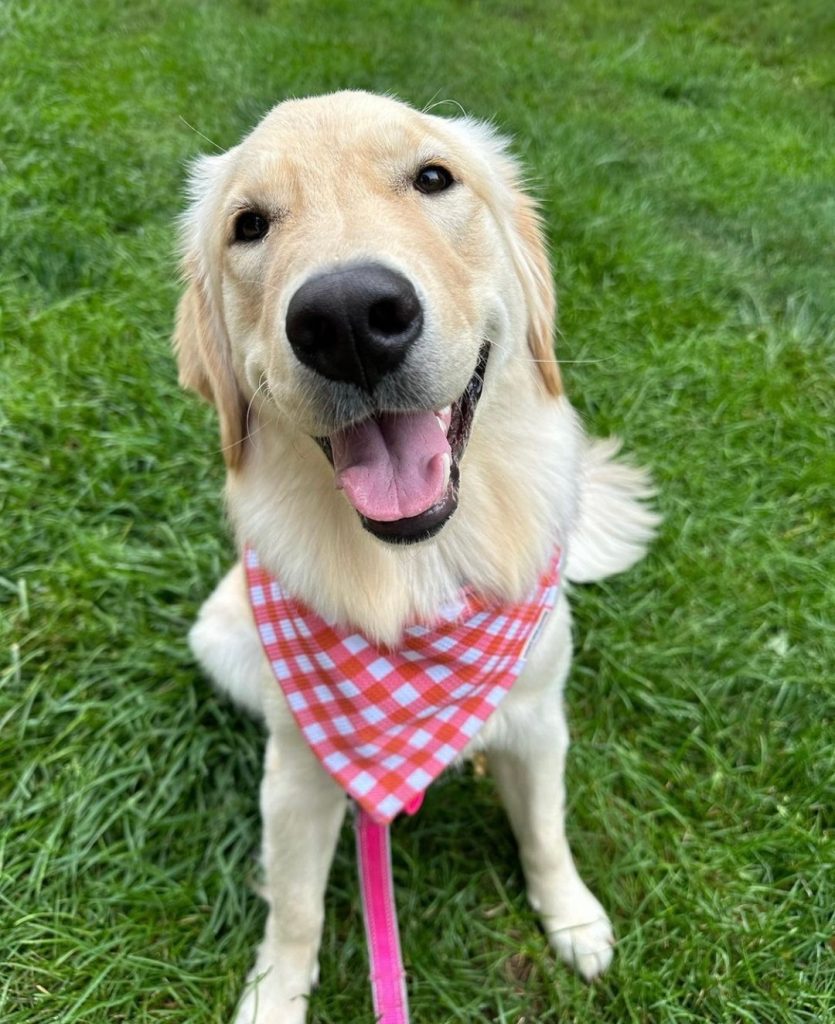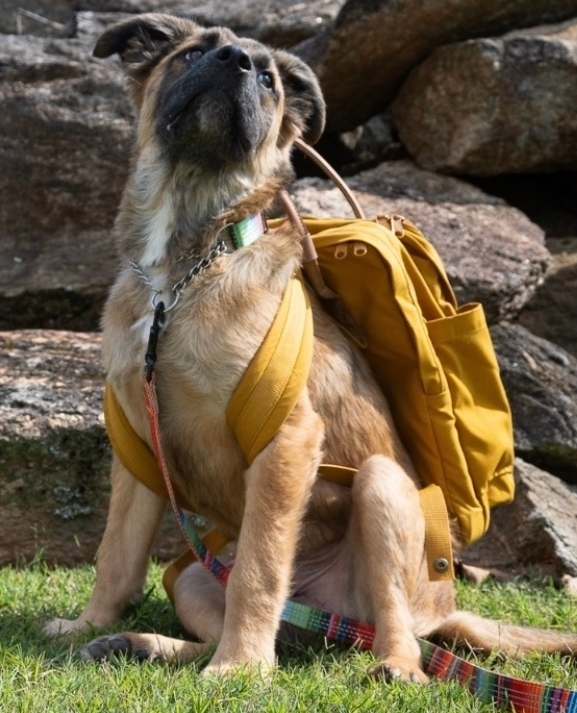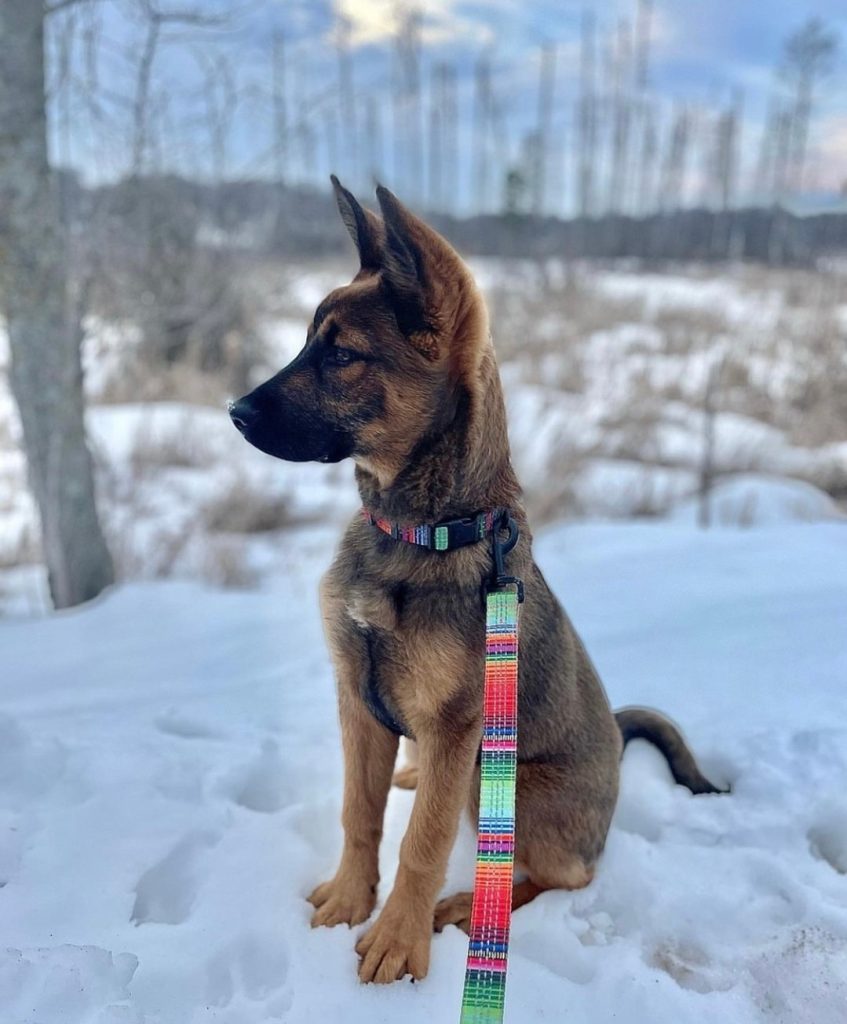
Introduction to Leash Training
Leash training, a crucial component of dog obedience, promotes safety and enhances the quality of life for both the dog and the owner. This practice is more than a mere routine; it’s a pathway to instilling discipline and creating a harmonious bond between the pet and its human. In modern pet care, leash training is fundamental to nurturing a well-behaved and friendly dog. It is a building block for various other training elements and behavioral adjustments. As we delve into the basics of leash training, we will explore its significance in fostering a respectful and enjoyable relationship with your canine companion, ensuring that each walk is a joy rather than a challenge.
The Basics of Training Your Dog to Walk on a Leash
Leash training is an essential aspect of responsible dog ownership. It not only ensures your dog’s safety but also makes walks a pleasant experience for you and your pet. The process involves teaching your dog to walk beside you without pulling, tugging, or resisting the leash.
At the heart of leash training is developing mutual trust and understanding between the dog and the owner. It’s important to start training as early as possible, ideally during puppyhood, but older dogs can also be trained effectively. The key is consistency, patience, and positive reinforcement.
The first step in leash training is to acclimate your dog to a collar or harness. Let your dog initially wear the collar or harness for short periods, gradually increasing the duration. The next step is to introduce the leash. Let your dog walk around the house with the leash attached, supervised so they can get used to the feel of it.
The training starts with teaching your dog to respond to commands like ‘sit,’ ‘stay,’ and ‘come.’ These commands form the foundation of leash training, as they help control your dog’s movements and keep their attention focused on you during walks.
Remember, leash training aims not just to stop your dog from pulling on the leash but to foster a sense of companionship and cooperation. Every dog is different, and what works for one may not work for another. Hence, it is crucial to understand your dog’s temperament and adapt your training methods accordingly.
Selecting the Right Equipment for Leash Training
Choosing the Best Leash and Collar
Selecting the appropriate equipment is a critical step in leash training. The right tools make the training process smoother and ensure your dog’s safety and comfort. Here are some key points to consider:
- Collar: Choose a collar that fits snugly without being too tight. A good rule of thumb is to ensure you can fit two fingers between the collar and your dog’s neck. Adjustable nylon collars are often recommended for their durability and comfort.
- Harness: A harness is a better option for dogs that pull or have respiratory issues. It distributes pressure more evenly around the body and reduces strain on the neck.
- Leash Type: A standard 4 to 6-foot leash offers enough length for freedom while ensuring control. Opt for a sturdy material like leather or nylon.
- Retractable Leashes: While they offer more freedom, retractable leashes are not recommended for training, as they provide less control and can reinforce pulling behaviors.
- Head Collars: Head collars can be effective for strong pullers or large breeds. They provide more control over the dog’s head, guiding the direction without strain.
- ID Tags: Always have identification tags with contact information on your dog’s collar.
Each dog is unique, and what works for one might not suit another. Observe your dog’s response to different types of equipment and choose what seems most comfortable and practical for them.
Starting Leash Training with Your Dog

Embarking on leash training with your dog marks an exciting milestone in your pet’s life. It’s the first step towards ensuring both of you a safe, enjoyable, and disciplined outdoor experience. This phase focuses on introducing your dog to the leash and collar in a positive way and beginning the basics of walking together.
Choosing the Best Leash and Collar
Before diving into the actual training, selecting the right equipment is crucial. The leash and collar are not just tools but extensions of the guidance and safety you provide. Consider your dog’s size, breed, and temperament when choosing these items. A comfortable and correctly sized collar ensures your dog feels at ease. Similarly, the leash should be of appropriate length and material, offering control and freedom. This choice sets the tone for your training sessions, making it an essential step.
Teaching Your Dog to Walk on a Loose Leash
Once you have the right equipment, the next step is to teach your dog to walk on a loose leash. This is crucial for a pleasant walking experience. Here’s how to start:
- Introduce the Leash and Collar: Let your dog get used to wearing the collar and leash by allowing them to wear these around the house. Provide treats and praise to create positive associations.
- Start in a Familiar Environment: Begin training in a quiet, familiar area with minimal distractions. This helps your dog focus on your commands and cues.
- Short Training Sessions: Keep sessions short and sweet, about 5-10 minutes, to maintain your dog’s attention and prevent frustration.
- Use Treats and Praise: Carry treats to reward your dog for walking nicely on the leash. The treat should come from the side you want your dog to walk on, encouraging them to stay close.
- Stop When the Leash is Tight: Stop walking if your dog starts pulling. Stand still or turn around, only moving forward again when the leash is loose.
- Change Directions and Pace: Keep your dog’s attention on you by changing directions and pace frequently. This teaches them to focus on their movements.
- Consistent Practice: Regular practice is critical. Even short walks around the block can reinforce good leash habits.
Incorporating Cues and Commands in Leash Training
- Basic Commands: Start with commands like ‘sit,’ ‘stay,’ and ‘heel.’ These commands help manage your dog’s movements and maintain their focus on you.
- Consistent Use of Cues: Consistency in your words and hand signals is critical. Whether you choose “let’s go,” “walk,” or any other cue, use it consistently to signal the start of a walk.
- Rewarding Compliance: When your dog responds correctly to a command or cue, reward them with treats, praise, or a pat. This reinforces good behavior.
- Leash Pressure Training: Teach your dog to respond to leash pressure. Tug on the leash and reward your dog when they move towards you, reducing the tension.
- Directional Cues: Use cues like “this way” or “turn” when changing directions. Reward your dog for following these directional changes.
- Practice in Different Settings: Once your dog is responding well in a quiet environment, gradually introduce more distractions. Practice in parks, busy streets, and different terrains.
- Patience and Repetition: Dogs learn at different paces. Some might pick up cues quickly, while others need more repetition. Patience and consistent practice are essential.
Effective Training Methods for Leash Training

Effective and humane training methods are essential to achieve successful leash training. These techniques facilitate learning and strengthen the bond between you and your dog. Let’s explore some effective training methods:
Exploring the Stop and Go Method
The Stop and Go method is highly effective for teaching dogs not to pull on the leash. Here’s how it works:
- Start Walking: Begin walking with your dog on a leash.
- Stop When the Leash Tightens: As soon as your dog starts to pull and the leash becomes tight, stop walking immediately. Stand still and don’t move forward.
- Go When the Leash Loosens: Once your dog stops pulling and the leash slackens, you can start walking again. This teaches the dog that pulling stops the walk.
The Turn-Around Technique
The Turn Around technique is another proper method, particularly for persistent pullers:
- Walk in One Direction: Start walking with your dog.
- Turn Around When They Pull: If your dog begins to pull, immediately turn around and walk in the opposite direction.
- Reward for Following: When your dog follows you and the leash relaxes, reward them with treats or praise.
Both these methods rely on consistency and patience. The key is to repeat these actions every time your dog pulls. This consistent response teaches them that pulling on the leash has the opposite effect of what they want – moving forward.
Making Leash Training Rewarding and Enjoyable
To ensure leash training is a positive experience, focus on making it rewarding and enjoyable. Treats, praise, and playtime are rewards, creating a happy association with the leash and walking. Keep training sessions short, fun, and end on a positive note. This approach reinforces good behavior and strengthens the bond between you and your dog, making each walk a joyful and anticipated activity.
Addressing Common Challenges in Leash Training
Leash training can come with its set of challenges. Common issues include excessive pulling, distraction by surroundings, and fear or aggression. Address these by understanding the cause, maintaining consistency in training, and using positive reinforcement. Patience and persistence are key. Sometimes, seeking advice from a professional trainer can be beneficial.
Advanced Techniques in Leash Training
After mastering the basics, you can explore advanced techniques to refine your dog’s leash skills. These methods enhance the walking experience and deepen the communication and understanding between you and your dog. Here are some advanced techniques:
- Training for an “Off-Duty” Walk involves teaching your dog to differentiate between structured, focused walks and more relaxed, exploratory ones. Use specific cues to signal when it’s okay for your dog to sniff and explore versus when they should stay attentive to you.
- Heel Position Training: Teach your dog to walk in the ‘heel’ position on command. This is particularly useful in crowded or high-traffic areas.
- Distance Commands: Work on commands that can be obeyed from a distance, increasing your dog’s responsiveness even when they are a few feet away from you.
- Distraction Training: Gradually introduce more distractions during walks, teaching your dog to maintain focus and calm in various environments.
- Emergency Stop Command: Train your dog to stop immediately on command, which can be crucial in preventing dangerous situations.
- Agility Training: Incorporating elements of agility training can make walks more engaging and mentally stimulating for your dog.
Training for an “Off-Duty” Walk

Once basic leash training is mastered, you can teach your dog the difference between a structured walk and a more relaxed, “off-duty” walk. This involves cues that signal when it’s okay for your dog to explore and sniff around.
Seeking Professional Assistance for Leash Training
Sometimes, despite our best efforts, we may encounter obstacles in leash training that are challenging to overcome alone. In such situations, seeking professional assistance can provide the guidance and expertise needed to address specific issues. Professional trainers can offer tailored advice and techniques based on your dog’s unique temperament and needs.
Utilizing Video Training Consultations
With the advent of technology, accessing professional help has become more accessible. Many trainers now offer video training consultations. These sessions allow you to receive personalized training advice from the comfort of your home. They can be handy for busy pet owners or those in remote locations.
Integrating Leash Training with Puppy Socialization
Leash training goes hand in hand with socialization. Expose your puppy to different environments, people, and animals while on a leash to develop a well-rounded, friendly pet.Here are key ways to integrate these two critical aspects of puppy upbringing:
- Introduce New Environments: Take your puppy to parks, city streets, and pet-friendly stores. This helps them adapt to various sights, sounds and smells.
- Meet Different People and Animals: Allow your puppy to meet various people and other dogs on a leash. Ensure these interactions are positive and controlled.
- Attend Puppy Classes: Puppy classes are great for socializing in a structured environment. They offer the opportunity to interact with other dogs and people under the guidance of a professional.
- Use Positive Reinforcement: Reward your puppy for calm and friendly behavior during these social interactions. This reinforces good behavior both on and off the leash.
Additional Resources for Effective Leash Training
Explore books, online resources, and local training classes for more in-depth guidance and tips on leash training.

Staying Updated with Leash Training Techniques
Stay informed about new training methods and theories. The field of dog training is constantly evolving, and staying updated can provide you with new insights and techniques.
Conclusion: Mastering Leash Training for a Better Dog Walking Experience
Mastering leash training is a journey that requires time, patience, and consistency. It’s an investment in your dog’s well-being and your shared happiness. With the right approach, leash training can be rewarding experience, leading to enjoyable, stress-free walks.
